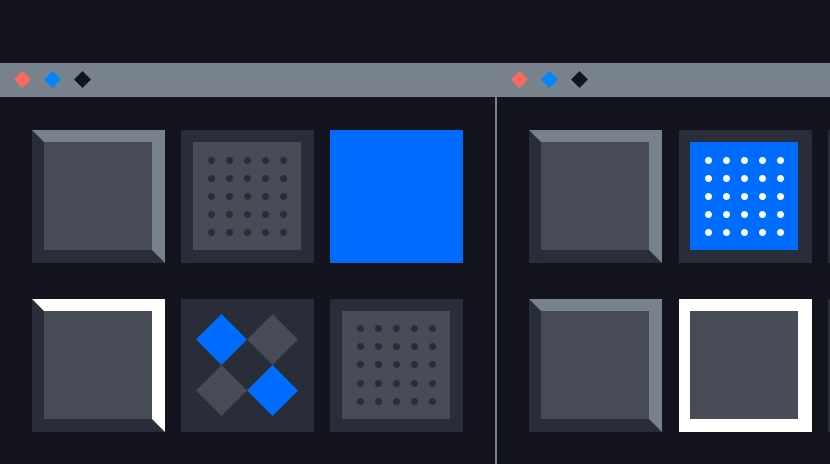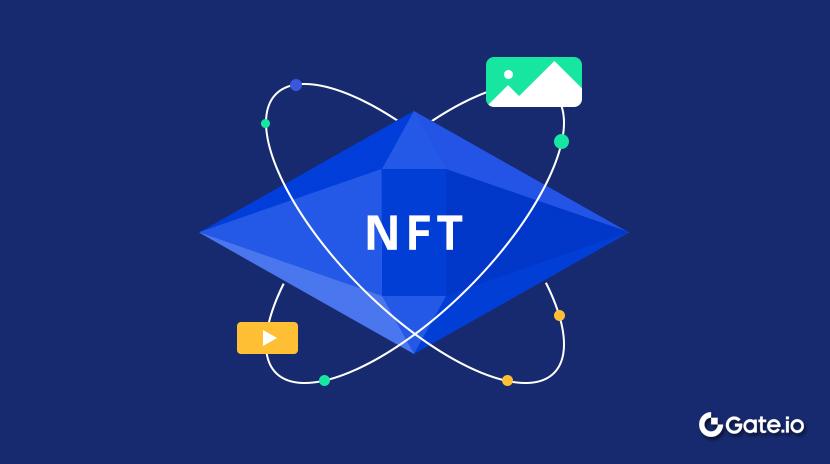nft

What is an NFT (Non-Fungible Token)?
An NFT, or Non-Fungible Token, is a unique digital certificate recorded on the blockchain.
NFTs serve as proof of ownership and rights over a specific digital item, such as a collectible image, a rare in-game weapon, or membership card benefits. Unlike regular tokens, NFTs are non-interchangeable; each has its own distinct identifier and attributes, making them ideal for representing one-of-a-kind assets. NFTs can be bought, sold, and transferred on marketplaces, with all rules enforced by smart contracts that execute automatically on-chain.
Why Should You Learn About NFTs?
NFTs enable true ownership of digital items.
Traditionally, digital content was only “borrowed” within apps—if a platform revoked access, you lost your rights. NFTs record ownership on the blockchain, allowing anyone to verify provenance and ensuring transfers are tracked and immutable. Platforms cannot arbitrarily alter these records. For creators, NFTs allow direct sales, transfers, and royalty settings for secondary sales. For gamers and communities, assets like membership cards and game items can be recognized across platforms, making benefits easier to retain and transfer.
Brands and events also use NFTs as tickets and identity passes, such as limited-edition event access tokens or whitelist entries for airdrops. This enables transparent, on-chain verification of entry rights and associated benefits.
How Do NFTs Work?
NFTs operate using smart contracts and token standards.
Smart contracts are self-executing rules written on the blockchain—for example, governing ownership, transfers, and royalty payments. Creators embed asset details into these contracts through a process called “minting,” which registers and certifies the item. The NFT’s metadata stores essential information such as descriptions, image links, and attributes; distributed storage networks like IPFS are commonly used to safeguard files against single points of failure.
Popular standards on public blockchains like Ethereum include ERC-721 and ERC-1155. ERC-721 ensures every token is unique—each ID represents a distinct NFT. ERC-1155 supports batch minting and hybrid assets, allowing both NFTs and fungible items; it is widely adopted in gaming to lower costs.
When trading NFTs, buyers pay the sale price plus network fees (gas fees). Smart contracts handle ownership transfers automatically. If royalties are set by the creator, secondary sales trigger automatic royalty payments—a key feature supporting the creator economy.
Common Use Cases of NFTs in Crypto
NFTs are primarily found in collectibles, gaming, membership programs, and financialization scenarios.
In art and collectibles, NFTs represent digital ownership and scarcity. The market evaluates factors like creator reputation, total supply, and holder distribution. Limited series with rare IDs or attributes may carry higher collectible value.
In gaming, assets such as skins, weapons, or virtual land are issued as NFTs, enabling players to trade freely or set prices in secondary markets. ERC-1155 facilitates bulk issuance of game items, reducing minting and transaction costs.
For memberships and events, projects issue “membership card NFTs,” granting holders whitelist access, discounts, or exclusive content. On Gate’s NFT marketplace, creators specify benefit terms and release schedules; holders can verify their eligibility directly on-platform or on-chain.
In financialized use cases, NFT-backed lending services (commonly called NFT collateralized loans) allow users to leverage high-value NFTs for stablecoin liquidity. However, price volatility and liquidation risks must be carefully assessed.
How to Buy an NFT
Select your platform and asset, assess risks, then place your order.
Step 1: Register on Gate and complete account security setup. Bind your phone or email and enable two-factor authentication for safer transactions.
Step 2: Prepare your payment assets. Choose the relevant cryptocurrency depending on the NFT’s blockchain—ETH for Ethereum-based NFTs, USDT for stablecoin purchases. You can buy crypto with fiat or deposit from an external wallet on Gate.
Step 3: Browse projects and verify details. Search for collections in Gate’s NFT marketplace; check contract addresses, total supply, holder distribution, recent sale prices, and attribute rarity. Confirm contract addresses via official project social media or websites to avoid counterfeit collections.
Step 4: Place your order and sign for confirmation
Related Articles

Top 10 NFT Data Platforms Overview

7 Analysis Tools for Understanding NFTs
